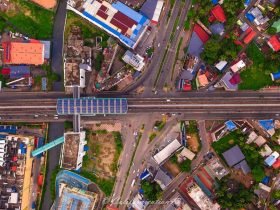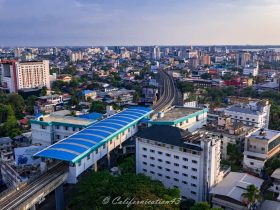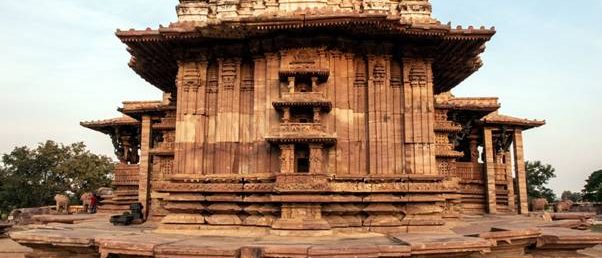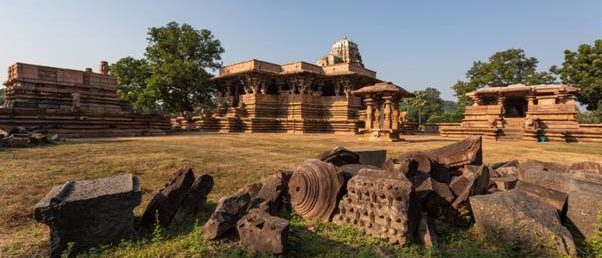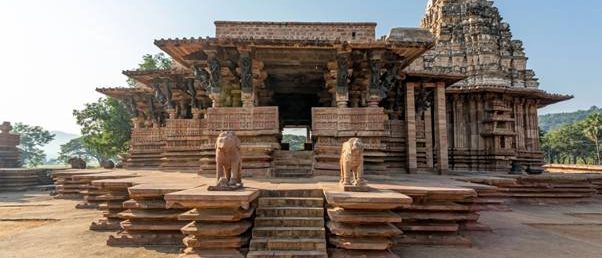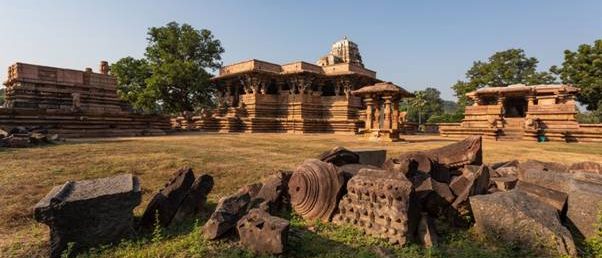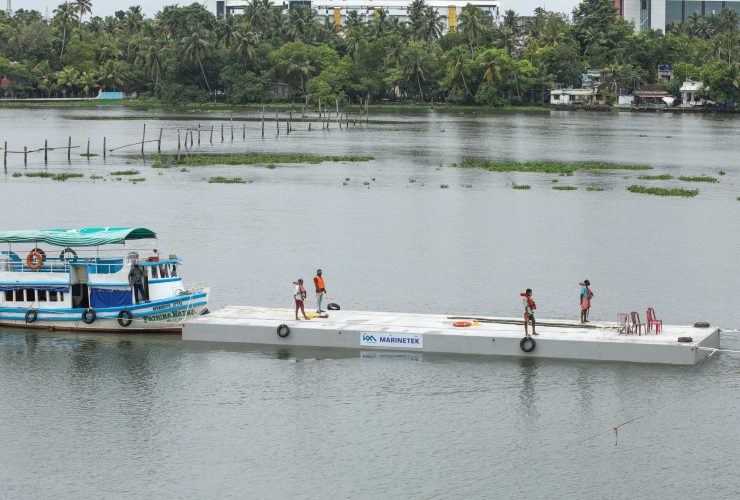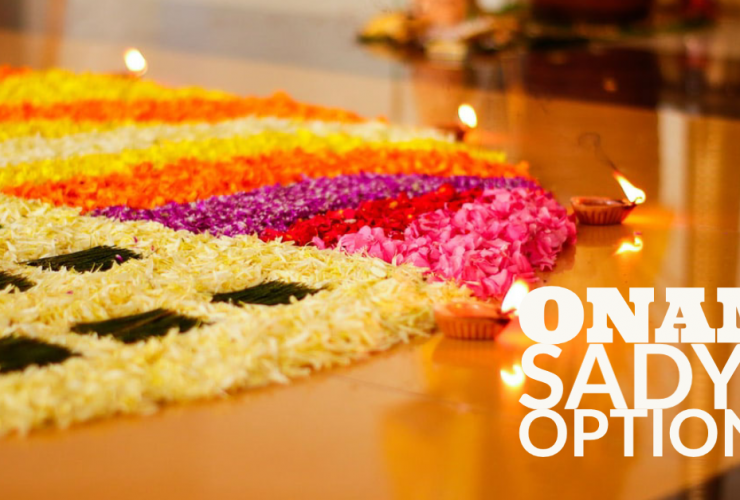The Rudreswara Temple (Ramappa Temple) at Palampet, Warangal, Telangana, has been placed on the World Heritage List by UNESCO.
India’s nomination of Rudreswara Temple (also referred to as the Ramappa Temple) in Palampet, Mulugu district, near Warangal within the state of Telangana, has been inscribed on UNESCO’s World Heritage list, marking yet another significant achievement. The decision was made today during UNESCO’s World Heritage Committee’s 44th session.
The government has nominated Ramappa temple, a 13th-century engineering marvel named for its architect, Ramappa, as its lone UNESCO World Heritage site candidate for 2019.
“Just inscribed as World Heritage Site: KakatiyaRudeshwara (Ramappa) Temple, Telangana in India. Bravo! “ UNESCO announced during a tweet today.
Shri Narendra Modi, Prime Minister of India, has expressed his delight at UNESCO’s designation of KakatiyaRamappa Temple as a World Heritage Site. He also advised people to pay a visit to this magnificent Temple complex and see its grandeur firsthand.
In response to UNESCO’s tweet, the Prime Minister stated:
“Excellent! Congratulations to everyone, specially the people of Telangana. The iconic Ramappa Temple showcases the outstanding craftsmanship of great Kakatiya dynasty. I would urge you all to go to this majestic Temple complex and obtain a first-hand experience of it’s grandness.”
As the United Nations Educational, Scientific and Cultural Organization (UNESCO) conferred the World Heritage inscription on Rudreswara Temple (also known as the Ramappa Temple) at Palampet, Mulugu district, near Warangal, Union Minister of Culture, Tourism and Development of North Eastern Region (DoNER) Sri G Kishan Reddy thanked Prime Minister Narendra Modi for his guidance and support.
“It gives me immense pleasure to share that @UNESCO has conferred the planet Heritage inscription to Ramappa Temple atPalampet, Warangal, Telangana. On behalf of the nation, particularly from people of Telangana, I express my thanks to Hon’ble PM @narendramodi for his guidance & support” tweeted G Kishan Reddy.
The Rudreswara (Ramappa) Temple is described briefly below.
RecharlaRudra, a commander of Kakatiya monarch Ganapati Deva, built the Rudreswara temple in 1213 AD during the rule of the Kakatiya Empire. RamalingeswaraSwamy is the presiding deity here. It’s also known as the Ramappa temple, named for the sculptor who worked on it for 40 years.
The Kakatiyas’ temple structures feature a particular design, technique, and ornamentation that shows the impact of the Kakatiyan sculptor. The Ramappa Temple is an example of this, and it is frequently used as a testament to the Kakatiyan creative ability. The temple is built on a 6 foot high star-shaped platform, with exquisite carvings on the walls, pillars, and ceilings attesting to the Kakatiyan sculptors’ talent.
The sculptural art and ornamentation of the period of the Kakatiyan Empire are of exceptional worldwide importance. The particular style of Kakatiyas for temple complex gates, which is unique to this area, confirms the highly advanced proportions of aesthetics in South Indian temple and town entrances.
The temple’s splendor enthralled European traders and visitors, with one remarking that it was the “brightest star in the constellation of medieval Deccan temples.”

